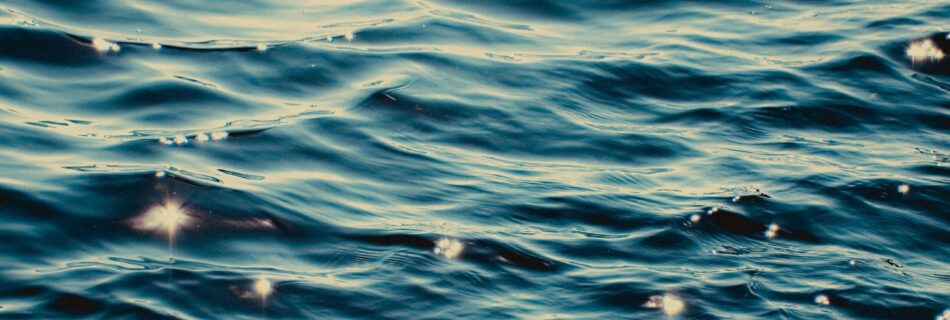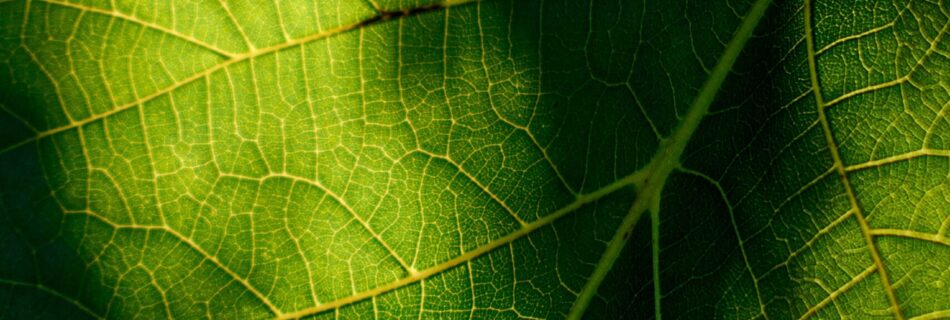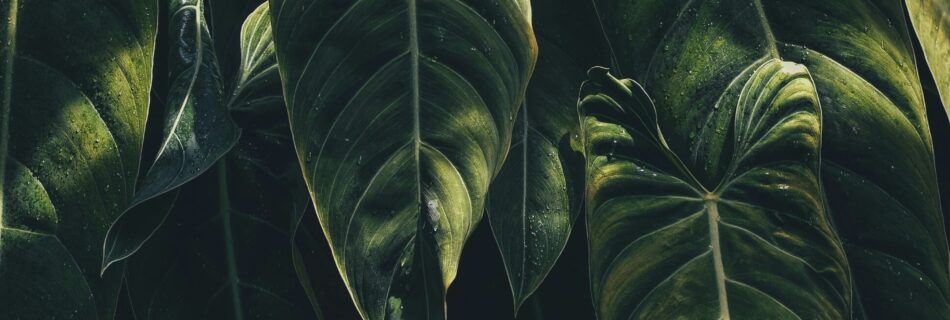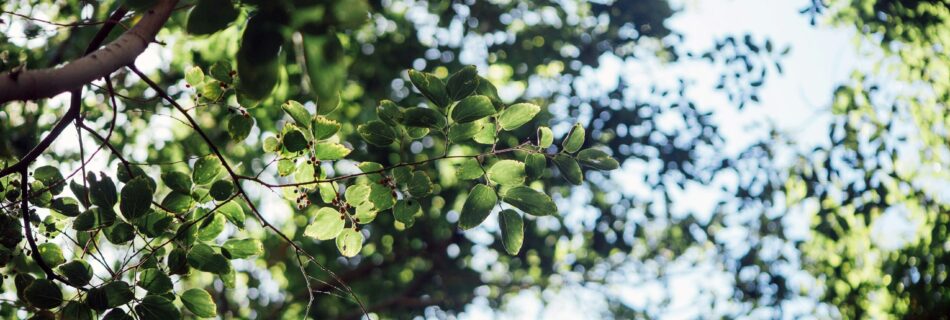Primal Mindfulness
Water is the element of restoration. Every act of washing, rinsing, or listening to rain carries an instinctive recognition of purification. You feel it when you wash hands after work, when you step into a shower, or when rain sounds against windows: tension dissolves, thought clears, something accumulated throughout the day releases. This is not …










